2013 Scion FR-S Review: Road Test – Video

Back behind the wheel after our first drive several months back in Japan and we’re learning more about the Scion FR-S.
FAST FACTS
| 1. At 2,758 lbs the Scion FR-S weighs 604 lbs less than the lightest Hyundai Genesis Coupe. |
| 2. Sold in a monospec form without any expensive option packages the FR-S costs $24,200 for the 6-speed manual and $25,300 for the automatic. |
| 3. Scion will offer an aero kit for the car by Five:AD, making the FR-S look nearly identical to the concept version. |
| 4. Other a la carte options include upgraded brakes, thicker sway bars, lowering springs and a TRD exhaust. |
On the tight and technical Spring Mountain Motorsports Ranch 1.5 mile loop it’s the faster corners that really emphasize just how light the car is. Having recently driven the 2013 Hyundai Genesis Coupe on the same course, the differences between these two comparable rear-drive sports cars becomes more obvious.
A LIGHTNESS YOU CAN FEEL
Weighing in at just 2,758 lbs the FR-S is a massive 604 lbs lighter than the Hyundai, something you really feel when sliding through the fast corner onto the front straight. With plenty of speed heading into the turn you expect the FR-S to track out to the limits of the wide front straight, but it doesn’t. With so little mass, it stays tucked in; an immediate sign that more corner entry speed is possible.
That small lesson is just one example of what the Scion FR-S is like to drive as a whole. It’s balanced and neutral, making for an excellent track training tool. With a short wheelbase and direct steering it lets you know just what is going on and puts you in control, helping you know exactly what to do the next lap to make it a better one.
Get the Flash Player to see this player.
The low curb weight is also obvious on the many long decreasing radius corners. The FR-S willingly hangs on in those turns that feel like they’ll never end and isn’t demanding on the driver.
As for the really tight corners, here is where you notice the ultra low center of gravity, which Scion says is lower than the Porsche Cayman. Despite a ride on the street that is as comfortable as any compact car, the FR-S is just so low that body roll is never much of an issue.
The low weight and lack of excessively high spring rates helps eliminate something we’ve experienced in numerous other cars on a tricky off-caber corner at Spring Mountain that also includes a quick drop in altitude. Often cars will compress through and skip out the other side as you track towards the outside, but the FR-S feels composed the whole way through with no unnerving bounce.
Helping keep that center of gravity low, even with the driver included, the seats of the Scion FR-S are positioned low in the car meaning that you’re butt is just 15 inches off the ground.
AUTO-BOX CONTINUES TO SURPRISE
Revisiting the FR-S, we even had a chance to spend more time on the track driving the automatic transmission, as even we have a hard time believing our own earlier impressions of just how good this auto box is. For all the credit that Subaru should be given for handling the majority of the engineering behind this car, Toyota deserves huge respect for un-slushing the slushbox.
In manual mode gear changes happen exactly when you ask for them, via paddles on the steering wheel, with an immediacy that we’ve only ever felt before on a dual clutch or sequential single clutch unit. Or, if you’re feeling lazy, just leave it in automatic and turn on the Sport mode and it will downshift for you with a blip on the throttle.
That small pop of sound is something we could use more of in the FR-S. It’s altogether too quiet a car, which is surprising considering how loud the Subaru-sourced boxer 4-cylinder engine can be. Watching a fleet of six multi-colored FR-S models blasting around the track, it’s the tires you hear the most.
Scion has installed a noise maker in the car, piping intake noise from the engine down near the passenger footwell. It does amplify the sound inside the cabin but we’d prefer to hear the note in a more natural way, blasting from the exhaust pipes.
MORE TORQUE THAN YOU EXPECT
As for the powerplant, it’s the key to much of the clever packaging of the FR-S, with the Subaru-sourced flat-four boxer engine capable of sitting much lower down in the car, as well as much further back. Fitted with a Toyota direct injection system it makes a modest 200 hp at a high-revving 7000 rpm and 151 lb-ft of torque at 6600 rpm. That last number is a bit of an understatement, however, as almost all of that torque is readily available from just 2500 rpm.
Some will complain that the FR-S is underpowered. They, however, have missed the whole point of the car and in this light package just 200 hp is enough to challenge you.
Adding more power would also add more price and at just $24,200 to start, the FR-S has lived up to its billing as an affordable sports car.
Using 215/45/17 summer tires, but not ultra high performance units, helps keep the cost down. Just swapping those out would likely make for an even better package, as it wouldn’t hurt the FR-S to have a more aggressive turn-in. Still, it’s doesn’t need that, or the many accessories Scion will be offering, including everything from larger sway bars, to upgraded brakes, an exhaust system and even simple things like higher-friction brake pads.
To help make the FR-S a versatile package and one that’s up to the wants and needs of drivers of varied skill levels, there is both traction control and stability control, both of which can be shut off. With a capable limited slip differential, an optional sport mode will significantly reduce the interference of stability control and is a smart option for the street; however, drivers with some track experience won’t find it difficult to reach the boundaries of the system and then opt to shut off all the electronics.
STILL TRUE TO THE TOYOTA BRAND
Off the track and on the street, something we didn’t get a chance to do during our initial test back in December, this amazing sports car is easy to live with in a way no other sports car but a Porsche is. It’s comfortable, smooth riding and quiet. Plus, even with those sizable side bolsters on the seat, you’re not squeezed.
Even the 6-speed manual transmission, nicely weighted and with short throws for the track, isn’t so heavy, short or notchy that you feel like you’re always involved in some sort of a race.
And the tight and responsive steering isn’t excessively heavy.
Unlike most sports cars, stopping at the pump won’t be a frequent event either, thanks to fuel economy that’s 22/30 mpg for the 6-speed manual transmission and 25/34 for the automatic.
COST CUTTING OBVIOUS IN SOME AREAS
One of the few places the FR-S is open to criticism is the dash, with HVAC dials that look borrowed directly from a car that’s already been on the road for a decade. The faux carbon fiber on the dash isn’t the car’s best feature either. Worst of all is the stereo face, which looks so low grade it’s insulting.
The unit does make 300 watts of power and uses eight speakers, though those who prefer can opt for the upgraded BeSpoke audio system with a 5.8-inch LCD screen and numerous apps that let you do everything from check your Facebook wall to view and send Tweets.
As for other standard equipment, the list includes keyless entry, Bluetooth, USB and iPod hookups. Even the FR-S branded floor mats are standard, which might not sound like much, but it’s much better than being asked to pay for them after. Sold in what Scion calls “monospec” there are no pricey option packs meaning that unlike other cars on the market, the base price is the price. And to make it even more attractive, Scion will throw in two years of free maintenance.
Scion does, of course, offer plenty of a la carte accessories, including a complete body kit by Five:AD, which will make your FR-S look just like the much more dramatic concept car.
THE VERDICT
As much as we’d like to spend the extra to get the more aggressive kit, the most special part about the FR-S is that you don’t have to add anything to the base price to have what is easily the single best performance bargain on the market.
It is, in every way, exactly what it was promised to be, making it not just an affordable driver’s car, but the affordable driver’s car.
Related Reading
2013 Scion FR-S First Drive
2013 Hyundai Genesis Coupe Review – Video
2012 MINI Coupe Review – Video
2012 Honda Civic Si vs MazdaSpeed3 – Video
2011 Mazda MX-5 Miata Review
2010 Volkswagen GTI Review
LOVE IT
- An intuitive, well-balanced and lightweight sports car
- Also makes for a perfectly livable daily driver
- Cheap to buy
LEAVE IT
- Low grade interior components
- Needs a louder exhaust
- Better tires would deliver even more grip

With AutoGuide from its launch, Colum previously acted as Editor-in-Chief of Modified Luxury & Exotics magazine where he became a certifiable car snob driving supercars like the Koenigsegg CCX and racing down the autobahn in anything over 500 hp. He has won numerous automotive journalism awards including the Best Video Journalism Award in 2014 and 2015 from the Automotive Journalists Association of Canada (AJAC). Colum founded Geared Content Studios, VerticalScope's in-house branded content division and works to find ways to integrate brands organically into content.
More by Colum Wood















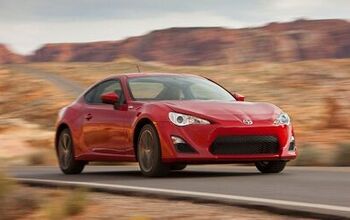
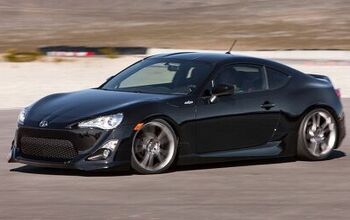
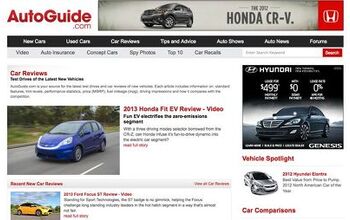
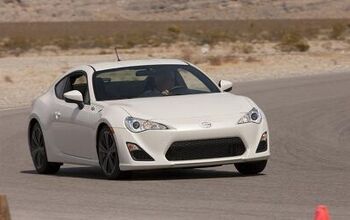



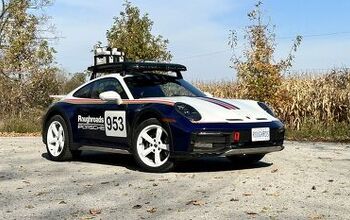

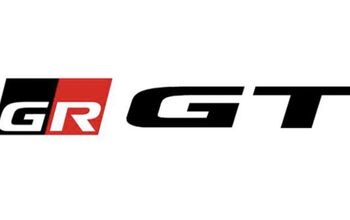


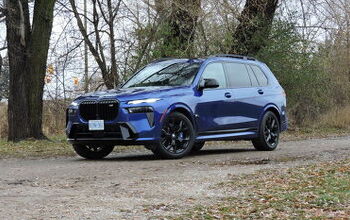

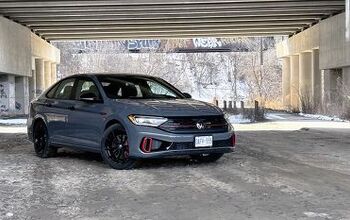
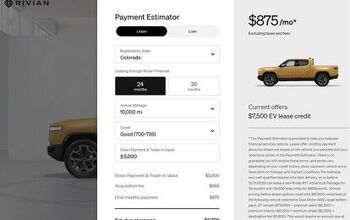
Comments
Join the conversation
Already plan on trading in my 06' BMW i325 for this. :) Can't wait!
Nice review man!